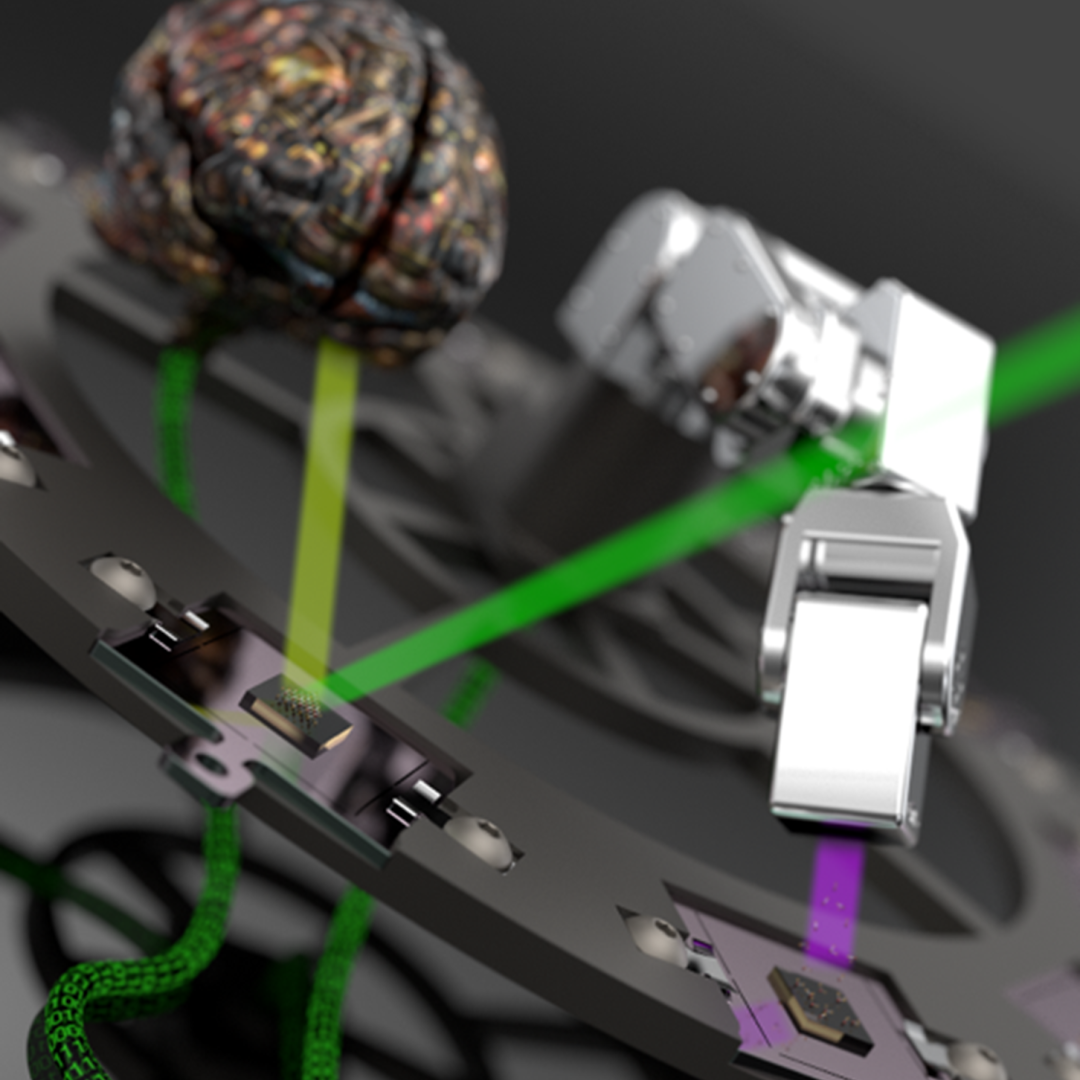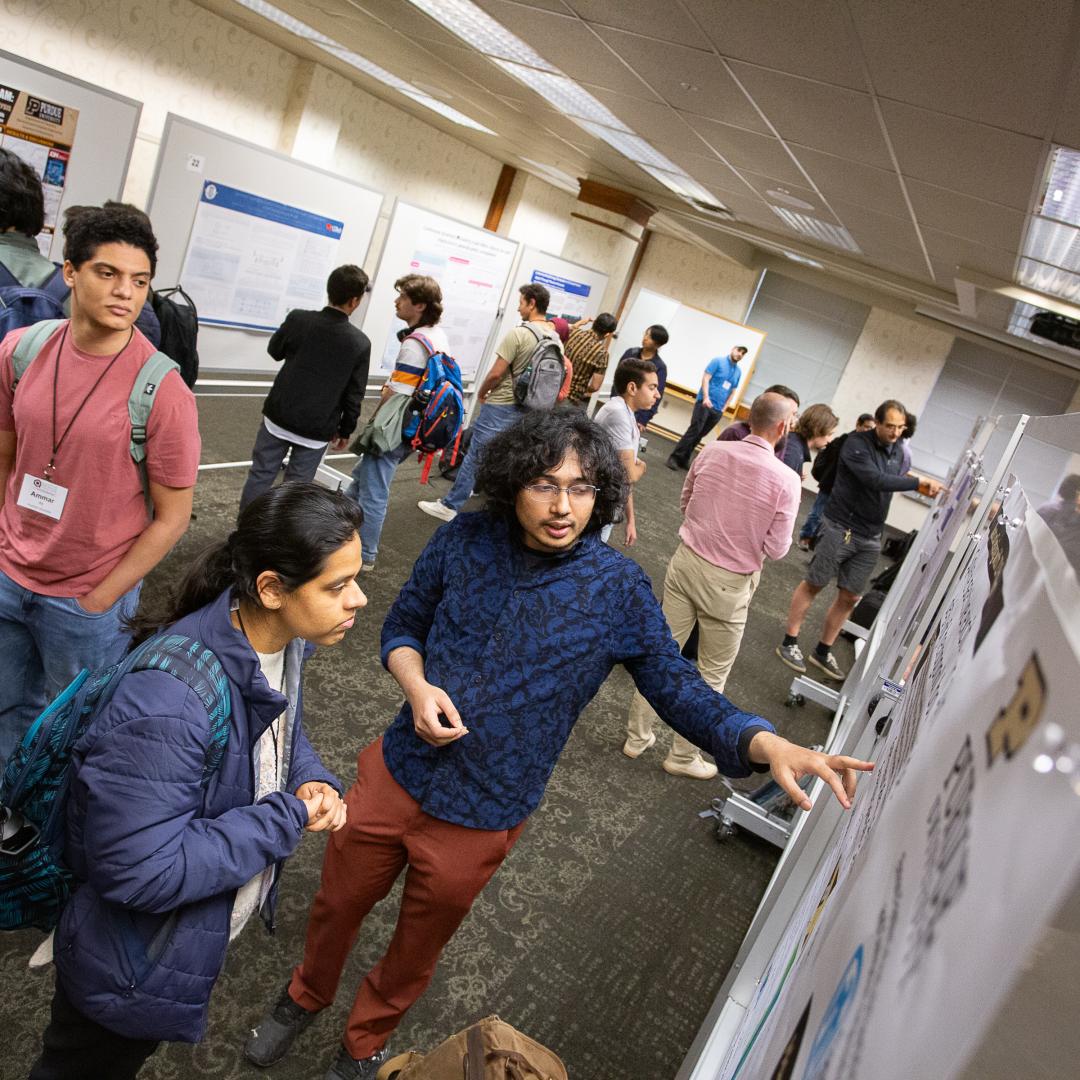Filter News
Area of Research
News Type
News Topics
- (-) Frontier (4)
- (-) Space Exploration (10)
- 3-D Printing/Advanced Manufacturing (43)
- Advanced Reactors (15)
- Artificial Intelligence (17)
- Big Data (22)
- Bioenergy (32)
- Biology (38)
- Biomedical (19)
- Biotechnology (7)
- Buildings (28)
- Chemical Sciences (17)
- Clean Water (19)
- Climate Change (37)
- Composites (11)
- Computer Science (52)
- Coronavirus (17)
- Critical Materials (13)
- Cybersecurity (9)
- Decarbonization (23)
- Energy Storage (45)
- Environment (80)
- Exascale Computing (4)
- Fusion (16)
- Grid (27)
- High-Performance Computing (20)
- Hydropower (8)
- Irradiation (2)
- Isotopes (14)
- ITER (4)
- Machine Learning (15)
- Materials (42)
- Materials Science (45)
- Mathematics (5)
- Mercury (7)
- Microscopy (20)
- Molten Salt (5)
- Nanotechnology (18)
- National Security (18)
- Net Zero (3)
- Neutron Science (35)
- Nuclear Energy (32)
- Partnerships (1)
- Physics (20)
- Polymers (14)
- Quantum Computing (5)
- Quantum Science (12)
- Security (7)
- Simulation (11)
- Statistics (1)
- Summit (8)
- Sustainable Energy (57)
- Transportation (47)
Media Contacts
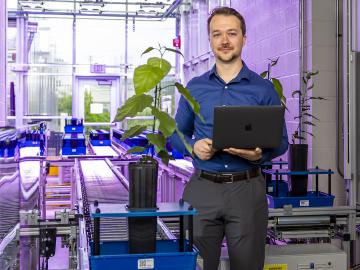
John Lagergren, a staff scientist in Oak Ridge National Laboratory’s Plant Systems Biology group, is using his expertise in applied math and machine learning to develop neural networks to quickly analyze the vast amounts of data on plant traits amassed at ORNL’s Advanced Plant Phenotyping Laboratory.

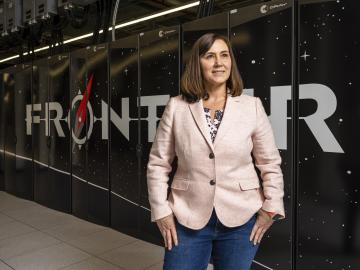
At the National Center for Computational Sciences, Ashley Barker enjoys one of the least complicated–sounding job titles at ORNL: section head of operations. But within that seemingly ordinary designation lurks a multitude of demanding roles as she oversees the complete user experience for NCCS computer systems.
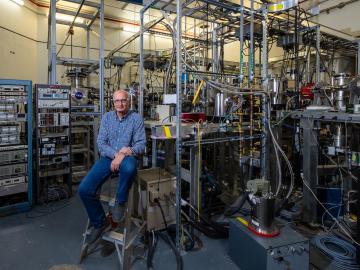
Scientists are using Oak Ridge National Laboratory’s Multicharged Ion Research Facility to simulate the cosmic origin of X-ray emissions resulting when highly charged ions collide with neutral atoms and molecules, such as helium and gaseous hydrogen.
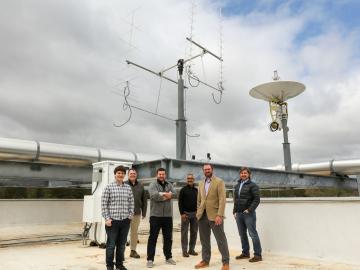
Oak Ridge National Laboratory is debuting a small satellite ground station that uses high-performance computing to support automated detection of changes to Earth’s landscape.
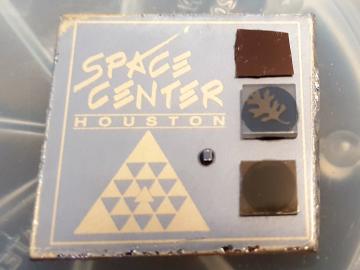
To study how space radiation affects materials for spacecraft and satellites, Oak Ridge National Laboratory scientists sent samples to the International Space Station. The results will inform design of radiation-resistant magnetic and electronic systems.
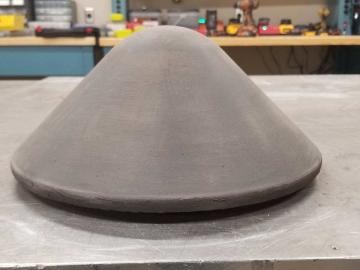
A research team at Oak Ridge National Laboratory have 3D printed a thermal protection shield, or TPS, for a capsule that will launch with the Cygnus cargo spacecraft as part of the supply mission to the International Space Station.
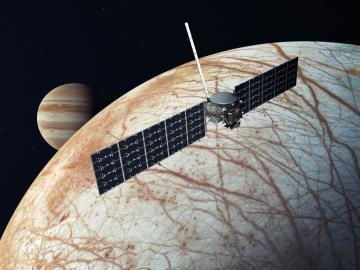
Researchers from NASA’s Jet Propulsion Laboratory and Oak Ridge National Laboratory successfully created amorphous ice, similar to ice in interstellar space and on icy worlds in our solar system. They documented that its disordered atomic behavior is unlike any ice on Earth.
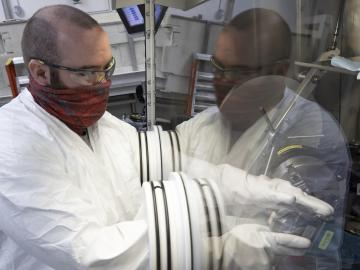
A better way of welding targets for Oak Ridge National Laboratory’s plutonium-238 production has sped up the process and improved consistency and efficiency. This advancement will ultimately benefit the lab’s goal to make enough Pu-238 – the isotope that powers NASA’s deep space missions – to yield 1.5 kilograms of plutonium oxide annually by 2026.
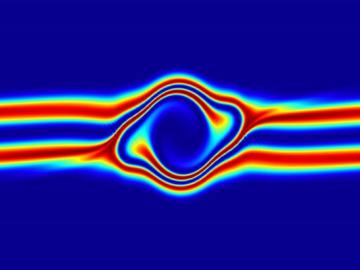
The prospect of simulating a fusion plasma is a step closer to reality thanks to a new computational tool developed by scientists in fusion physics, computer science and mathematics at ORNL.


